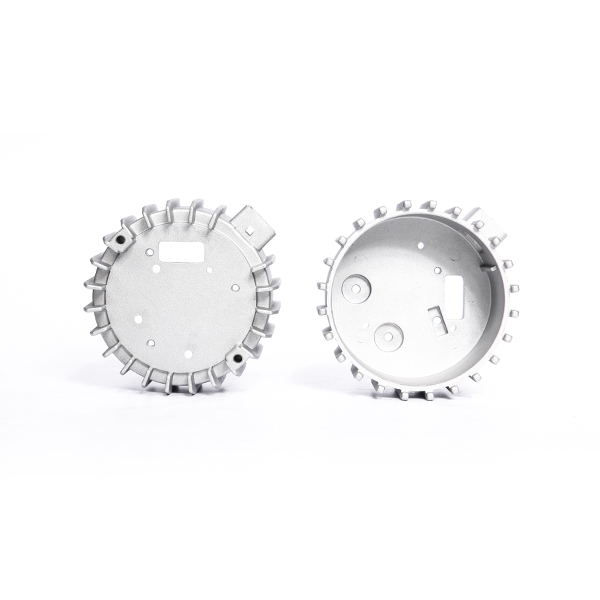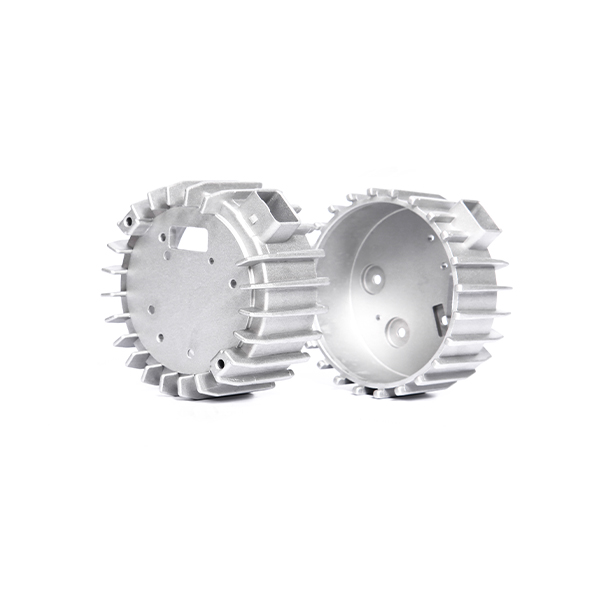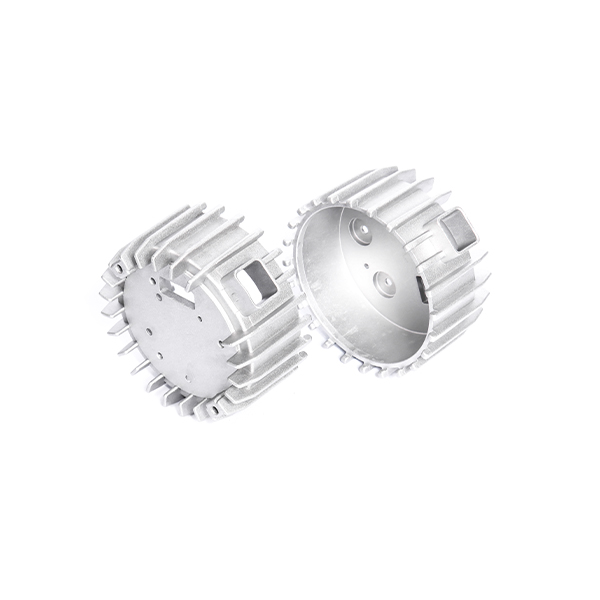Mobile:+86-311-808-126-83
Email:info@ydcastings.com
English
Need an Automotive Oil Drain Pan: Leak-Proof, Fast, Durable?
What I’ve Learned About the humble automotive oil drain pan (and why die casting changed the game)
If you care about long engine life, you end up obsessing over the simple things—like the automotive oil drain pan. To be honest, it’s a part most drivers never see, yet it seals the crankcase, routes hot oil, and takes road abuse day in, day out. Over the last five years, I’ve watched the industry nudge away from stamped steel toward high-pressure die-cast aluminum. Lighter, better sealing, easier to integrate with baffles and sensor bosses. And yes—fewer weeps around the gasket line, which maintenance techs quietly cheer.

Industry trends I’m seeing
- Material shift: ADC-12 (≈A383) die-cast aluminum replacing steel for mass savings and thermal stability.
- Integration: cast-in baffles, magnet bosses, sensor ports, and reinforced drain bosses reduce parts count.
- Sustainability: rising recycled aluminum content—real-world use may vary depending on OEM specs and region.
- Sealing: machined flatness specs tightening; automated bead-control for RTV and rubber gasket interfaces.
Technical specs (representative)
Built on the same high-pressure die casting competency used for radiator housings in Hebei Province, China, with surprisingly tight dimensional control—honestly better than some older steel pans I’ve measured.
| Material | ADC-12 aluminum alloy (≈ A383), per ASTM B85 |
| Casting process | High-Pressure Die Casting (HPDC) + CNC machining |
| Weight window | ≈0.3–10 kg (program dependent) |
| Wall thickness | 2.5–5.0 mm typical, ribs where needed |
| Flatness (rail) | ≤0.15 mm/300 mm (ISO 8062-3 guidance) |
| Leak test | Air decay, |
| Corrosion | ISO 9227 salt spray; coating optional |
| Service life | ≥150,000 km or 10 years (typical OEM targets) |
| Origin | No.563 Xinhua Road, Shijiazhuang City, Hebei Province, P.R. China. 050051. |
How it’s made (quick process flow)
- DFM and tooling: multi-slide HPDC mold, vacuum assist to cut porosity; PPAP planning.
- HPDC shot: controlled fill, die temp ≈200–250°C; shot speed tuned for thin rails.
- Trim/degate + heat treatment (as required); X-ray on critical zones.
- CNC machining: rail, drain boss, sensor bosses; 100% leak test.
- Surface: shot-blast; optional powder coat or e-coat for corrosion.
- QC: dimensional CMM per ISO 8062-3, material per ASTM B85, traceability under IATF 16949.

Where a automotive oil drain pan like this wins
- Passenger cars and light trucks seeking 20–35% mass reduction vs. steel.
- Performance builds needing stiffer rails and cast-in baffles.
- Fleet vehicles where leak-rate stability over time matters (less downtime).
Real feedback? Many customers say the machined rails “seal first time” with standard RTV. One maintenance manager told me, somewhat amused, that the magnet boss “finally sits where the tech can reach it.” Small wins add up.
Vendor snapshot (my field notes)
| Vendor | Certifications | Lead time | Customization | Notes |
|---|---|---|---|---|
| YD Castings (Hebei) | IATF 16949; ASTM/ISO compliant | ≈6–10 weeks after T1 | Ports, baffles, sensor bosses, coatings | Radiator-grade HPDC lines; solid PPAP support |
| Vendor B (SEA) | ISO 9001; partial IATF | 8–12 weeks | Moderate | Cost-competitive; watch rail flatness |
| Vendor C (EU) | IATF 16949 | 10–14 weeks | High | Premium pricing; excellent traceability |

Customization and testing
Options include integrated windage trays, FEA-tuned ribbing for NVH, quick-drain valves, and threaded inserts. Typical validation: pressure cycle 0–1.5 bar (50k cycles), thermal shock −40 to 150°C (200 cycles), rail flatness audits every lot, and ISO 9227 salt spray on coated variants. In fact, a recent program showed a 28% mass reduction and a 45% drop in leakage claims after a gasket bead redesign—surprisingly big payoff for such a small change.
Real-world case
A mid-size pickup OEM converted a steel unit to a die-cast automotive oil drain pan. Using ADC-12 and vacuum-assisted HPDC, they held porosity low enough for a simple air-decay test. Field data at 18 months: no corrosion red rust on coated parts, torque retention stable, and service techs reported faster seal set during reassembly. I guess sometimes lighter also means easier to live with.
References
- ASTM B85/B85M – Standard Specification for Aluminum-Alloy Die Castings.
- ISO 8062-3 – Geometrical tolerances for castings (GD&T).
- ISO 9227 – Corrosion tests in artificial atmospheres (salt spray).
- IATF 16949:2016 – Automotive Quality Management System Requirements.
-
Materials Used in Manufacturing Cap End Pipe FittingsNewsNov.24,2025
-
Material Properties of CF8M CastingNewsNov.24,2025
-
How to Inspect Pump Cap Ends for DamageNewsNov.21,2025
-
Backward Curved Impeller – Efficient Airflow Solutions for Industry | YD CastingsNewsNov.21,2025
-
Automobile Water Pump - Efficient, Quiet, Durable & ElectricNewsNov.21,2025
-
Impeller for Pumps – High-Efficiency, Durable, OEM-ReadyNewsNov.21,2025











